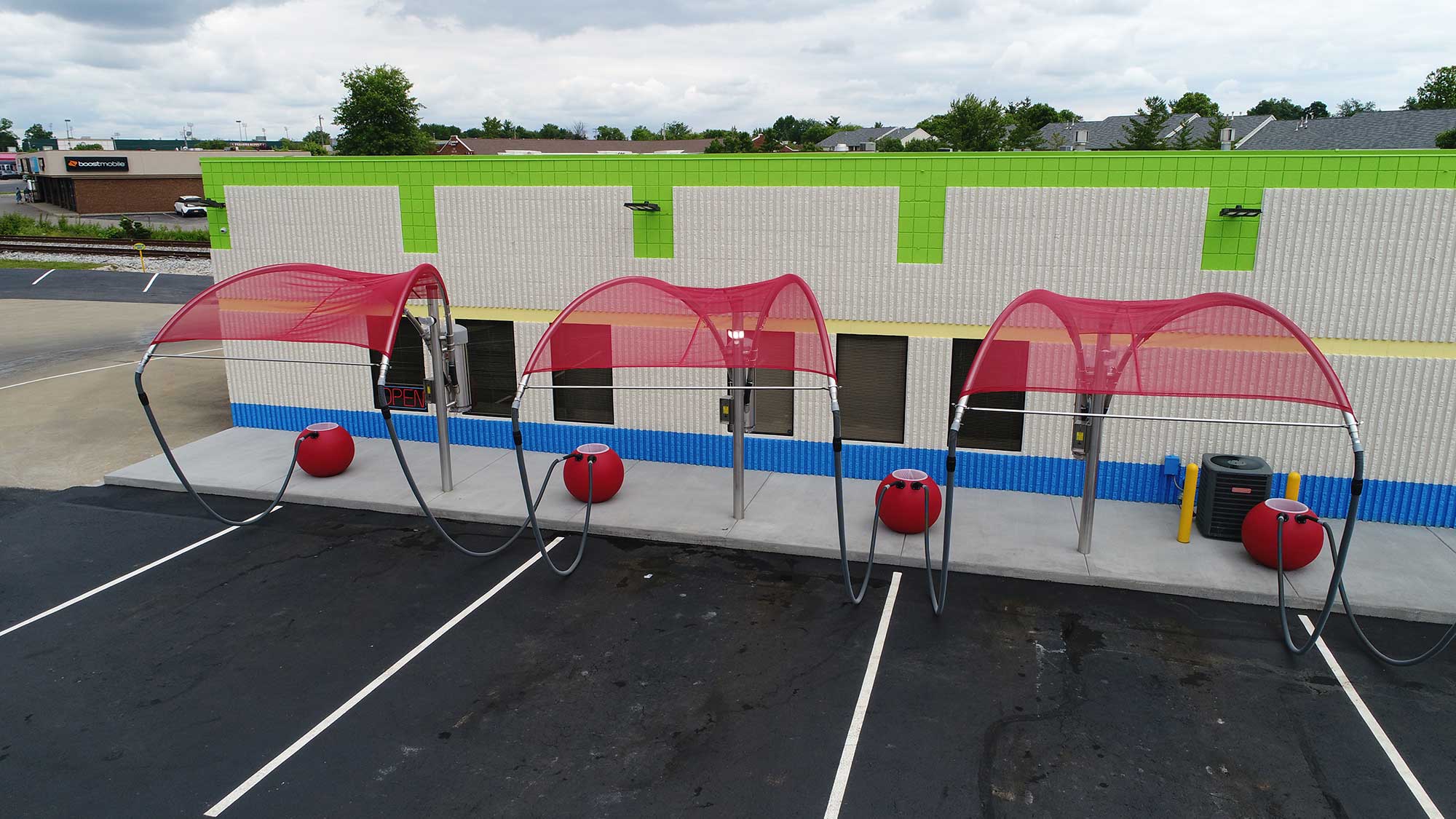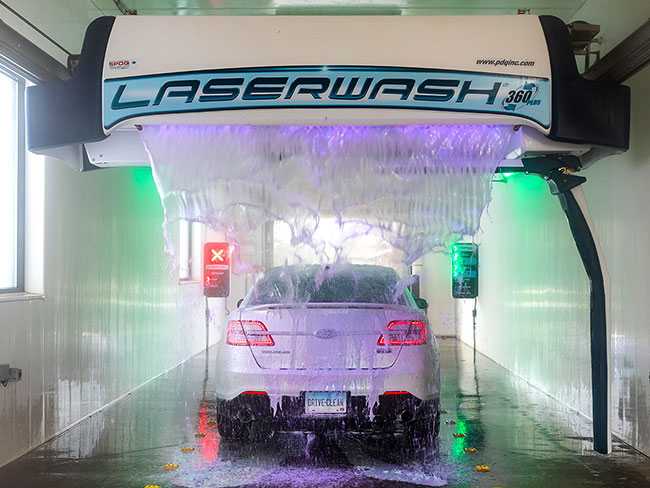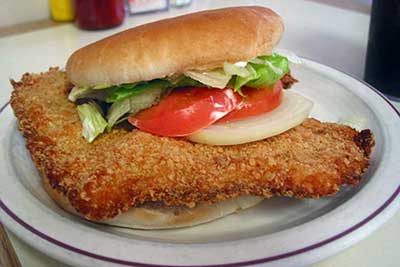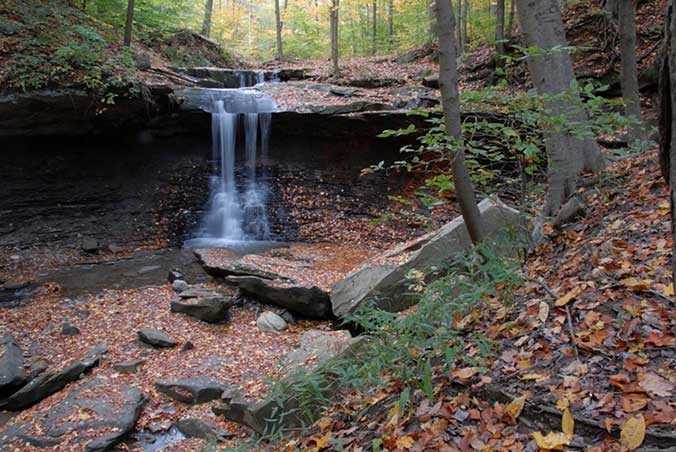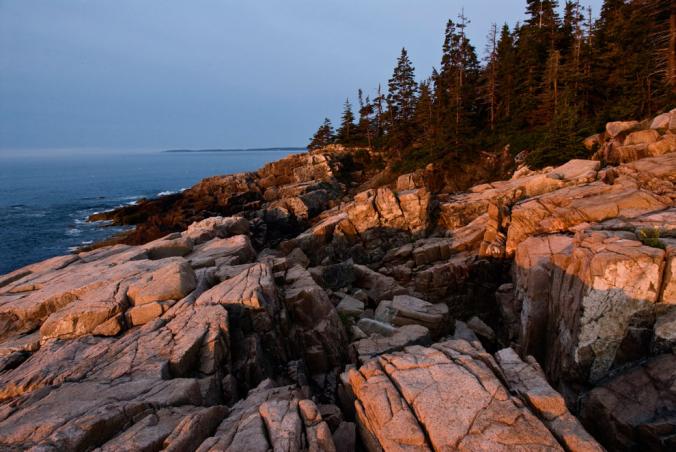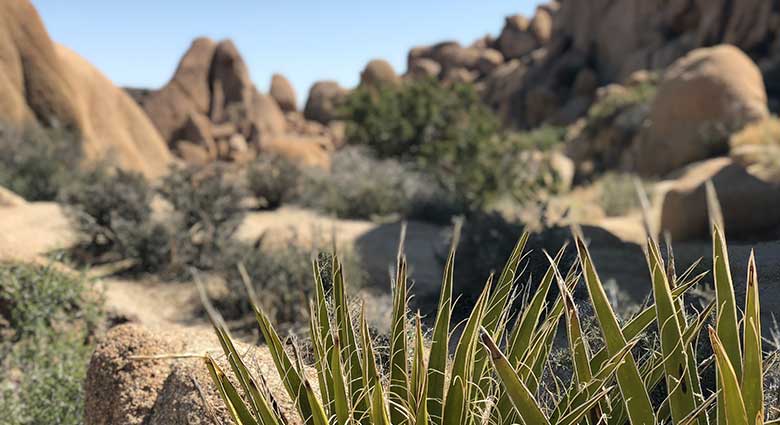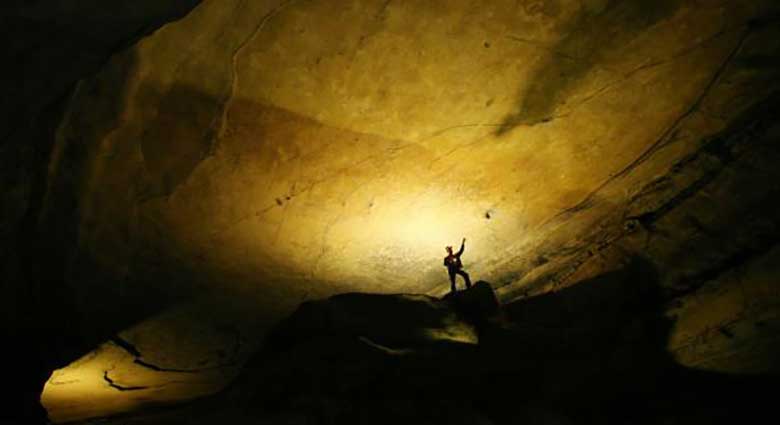One of life’s most valuable lessons is to fight the inclination to judge people by their appearances. What you see isn’t always what you get, and our first impression of a person is rarely the most accurate.
But car washes aren’t people. And in the case of a driver looking to get their vehicle shiny and clean, the first impression is the only impression, and the one that determines whether or not you get their business. In an industry that promises customers a clean product, it’s critical for your wash to echo that virtue at first glance.
So Fresh and So Clean
The exterior of your car wash needs to look clean and tidy or you run the risk of losing customers right off the bat. Remember: you’re likely not the only car wash in the area. If your site looks unkempt, it’s an immediate red flag.
Consider your curb appeal. Is there trash in the parking lot? What about dirty surfaces or walls, or aging paint? Are trash receptacles overflowing? Is the landscaping healthy and attractive? These separate elements come together to form the overall impression of your business, so make sure you’re keeping them all in check.
In addition to keeping your wash tidy, it’s a good idea to look at other areas that contribute to the first impression. Think lighting, signage, and color schemes. These can be powerful marketing tools in themselves, lending a fresh (and clean) vibe to your business. For a potential customer, an updated look promises attention to detail—and a place they trust to get their car sparkling clean.
Cleanliness in always within your control. Don’t lose customers before they’ve ever set wheels on your property! Harrell’s Car Wash Systems is happy to help you navigate a clean path to profits.

